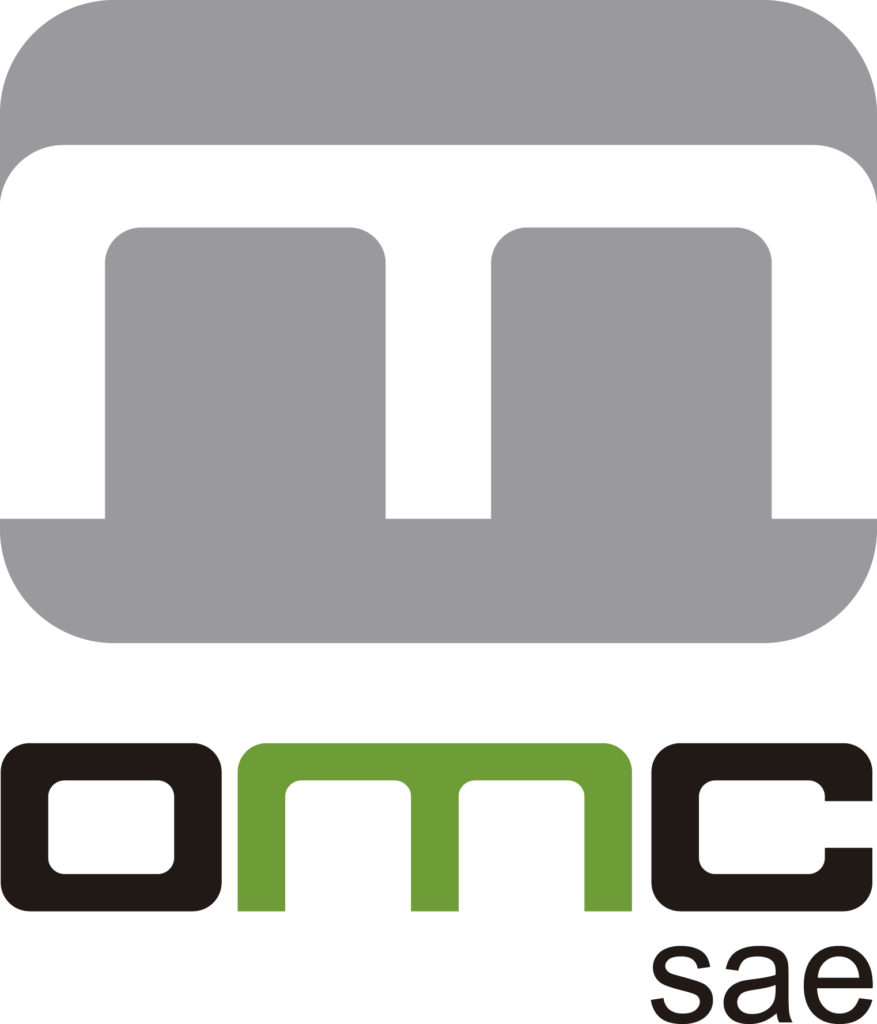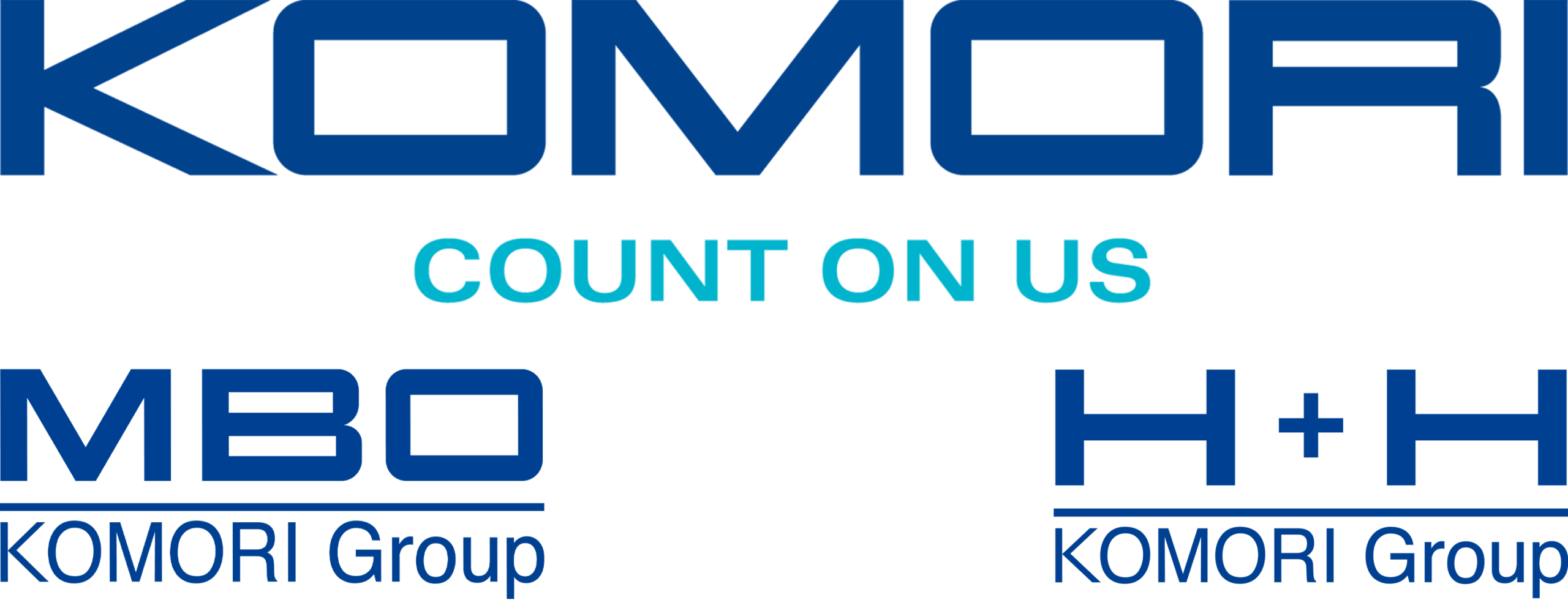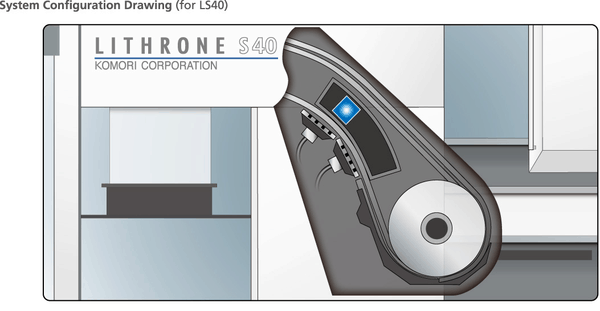Philippe Fiol, Group Business Development Director Komori International (Europe) BV, explains Komori Europe's vision of energy-efficient UV technology
The beginning of 2015 is the perfect time to offer an overview of the low consumption curing market. As a dominant supplier, what is Komori's vision?
Being a pioneer in the H-UV process, Komori it is market leader in this type of technology, by far. In the first moments after the H-UV launch, we had to explain and demonstrate the many benefits to a rather skeptical audience.
More than 500 Komori H-UV machines in production, it is clear that the H-UV curing system has positioned the offset process as the most efficient method for high quality printing.
Can it be said that H-UV is a revolution?
We have turned Komori's exclusive H-UV technology into a real industrial process, and with more than 2,500 H-UV units in production, I think it would be correct to state that H-UV has revolutionized and revitalized offset printing.
Its exponential growth has aroused envy among our competition, of course; and now everyone is experimenting with low energy curing systems.
However, at the last Drupa we already knew that this technology provides our customers with a significant competitive advantage, and our market penetration confirms that The advantages of the H-UV process have stimulated investment even under adverse economic conditions.
We are witnessing the introduction of the UV LED process on the market. Is it part of your strategy?
Actually curing UV LED was the starting point of the H-UV revolution. Our ambition was to create a process that met all the needs of our clients, and targeting the 'print on demand', 'added value' and 'high quality' marketsas well as the high level of conventional UV applications.
However, extensive testing of the UV LED process we conducted revealed that it has limitations in some of these areas and it did not meet all of our expectations. It is precisely for this reason that we created H-UV.
Fortunately, the decision allowed us to create a unique solution for the market. In collaboration with our expert partners in ink and curing technologies, we launched a joint research and development program and jointly determined the necessary criteria for the H-UV process.
The number of facilities and users who currently have multiple H-UV equipment installations attest that the advantages in terms of quality, production and economy are irresistible.
Okay, but you're talking about when they created the process. Since then, there have been major improvements in LED technology.
It's true. We see many LED applications in our daily lives in lights, cars, signage ... But we are talking about an industrial process with high levels of productivity and quality, in addition to the complex expectations of the cosmetics, luxury and fashion markets, where the LED technology still does not provide a satisfactory answer.
If we go to our clients and analyze the type of work they produce with their H-UV machines, pWe can firmly state that the UV LED process is still not suitable for most routine applications of H-UV printers today..
H-UV's success is based on Komori's ability to cover both the traditional UV and conventional ink market, in any machine configuration, on a wide variety of print media.
But what if the customer only wants to print basic jobs and prefers the LED process?
Sometimes a customer decides that low energy UV curing is not something they are interested in; You understand the limitations of printing with conventional ink, but for the type of work you do, that's enough.
In that case we offer you a conventional machine, and very often it includes a varnishing unit and an IR dryer. Similarly, if the customer wants to buy a basic machine equipped with a UV LED system, we can satisfy their needs.
The reality is that our extensive experience in the area of low energy curing allows us to offer advice to our client, as well as unparalleled technical knowledge.
[youtube] https://www.youtube.com/watch?v=TQnDno4NQbU [/ youtube]Some of your newcomers to the industry suggest that H-UV is a mature process, but UV LED technology is the future. What would you say to them?
Komori prides itself on being a market leader, which is why we regularly monitor and test the UV LED evolutions of various LED lamp manufacturers.
That is, we know exactly what the state of the technology is. By comparison, other printing press manufacturers are still in an early phase of testing and refining their own low-energy curing systems.
When the market is late, the logical selling strategy is to suggest that the proven technology will be replaced by a new one. But the reality is that any low-energy production system requires experience and knowledge; and at Komori we have both in abundance.
We hear from other manufacturers that other manufacturers explain to their potential customers that a new EU regulation limiting the use of mercury contained in all UV lamps will force Komori to change its offering.
Baldwin manufactures the H-UV lamps for Komori, as well as traditional UV lamps and UV LED technology; and you confirm to us that none of the products you supply to Komori will be affected by the possible change in the RoHS and WEEE directives. Consequently, the systems will comply with current and future EU regulations.
Komori will continue to promote its established H-UV solution for the benefit of the customer. Thanks to the energy the company has accumulated in all low energy systems for offset and digital printing applications, Komori enjoys a unique position in the industry.
More info: KOMORI H-UV








We want to make a UV Led adaptation of a 26cm curing lamp that has UV Hg